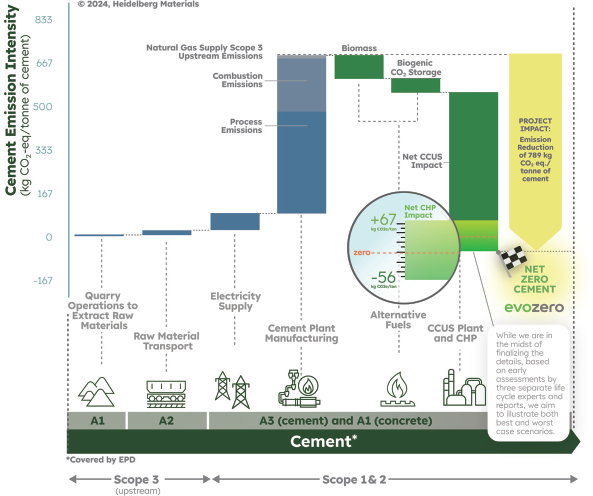December 2013
COMMUNITIES: INDUSTRY
Report Highlights Smart Grid’s Benefits, As Utilities Work to Make it Happen
While a recent report outlines the significant economic and environmental benefits to a fully deployed smart grid, electric utilities don’t seem to need much more convincing at this point to upgrade to smarter and more efficient networks.
Among the findings of the report by the Smart Grid Consumer Collaborative is that a fully deployed smart grid could save $40–$102 and 55–592 pounds of carbon dioxide emissions per consumer per year in the U.S.
“The study presents quantifiable, direct, and indirect economic and environmental benefits of grid modernization based upon real-life case studies,” says SGCC Executive Director Patty Durand. “This research also indicates there is a strong business case for advancing our electric grid.”
While stakeholders, including electric utilities, may find useful the report’s insights on the value of grid modernization, electric utilities across the U.S. are already convinced grid modernization is necessary.
“Everyone considers it to be essential in the long run,” says Curtis Beck, P.E., F.NSPE, who recently retired as manager of energy services with Hawaii Electric Light Co. “The U.S. grid in general faces such challenges, with consumer needs [and] with renewable energy that’s variable in its output and in its geographic location, that to coordinate the grid of the future, the smart grid is going to have to happen.”
At Hawaii Electric Light’s parent company Hawaiian Electric Co., three smart grid pilot projects are under way through another of its subsidiaries. And in Pennsylvania, PPL Electric Utilities recently completed a pilot project in which sensors can detect local interruptions and automatically send energy to another circuit serving the area.
“Less than a year after PPL Electric Utilities completed its smart grid pilot project in the [Harrisburg] area, customers in Dauphin and Cumberland counties around Pennsylvania’s capital city are already experiencing over a 50% improvement in service reliability, resulting in fewer power interruptions and shorter outage duration,” says PPL Spokesperson Bryan Hay. Encouraged by the success of its pilot program, PPL intends to now carry out similar upgrades to the most vulnerable areas of its distribution system.
In addition to carrying out pilot projects and initiatives, a growing number of utilities are equipping their customers with smart meters. According to a November 2012 report from the Energy Information Administration, more than 23% of all U.S. electrical customers had smart meters in 2011, and nearly three million additional smart meter installations were scheduled between January and August 2012.
Utilities such as Southern California Edison, Arizona’s SRP power district, and Baltimore Gas and Electric in Maryland are among those rolling out smart meters.
BGE began deploying smart meters last year and expects the process to take a total of three years. Once completed, customers will have access to energy budgeting and tracking tools, personalized energy efficiency tips, peak event reports and savings summaries, peak event Web notifications, and smart energy pricing programs.
SRP was scheduled to install one million smart meters for all its residential and commercial customers by April 2013.
Smart Grid Savings
A fully deployed smart grid could save $40–$102 and 55–592 pounds of carbon dioxide emissions per consumer per year in the U.S., according to a report by the Smart Grid Consumer Collaborative.
Direct Economic Benefits
- Integrated Volt/VAr Control: $11.24 to $32.01
- Remote Meter Reading: $13.68 to $23.92
- Time-Varying Rates: $2.00 to $19.98
- Prepayment and Remote Disconnect and Reconnect: $7.82 to $19.56
- Revenue Assurance: $3.00
- Customer Energy Management: $.77 to $1.92
- Service Outage Management: $1.18
CO2 Equivalent Reduction
- Integrated Volt/VAr Control: 0 to 372 lbs.
- Time-Varying Rates: 11 to 110 lbs.
- Prepayment and Remote Disconnect and Reconnect: 30 to 76 lbs.
- Customer Energy Management: 14 to 34 lbs.


 Volunteering at NSPE is a great opportunity to grow your professional network and connect with other leaders in the field.
Volunteering at NSPE is a great opportunity to grow your professional network and connect with other leaders in the field. The National Society of Professional Engineers (NSPE) encourages you to explore the resources to cast your vote on election day:
The National Society of Professional Engineers (NSPE) encourages you to explore the resources to cast your vote on election day:


